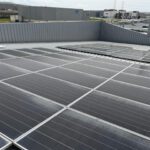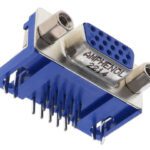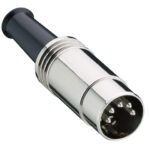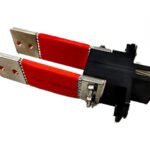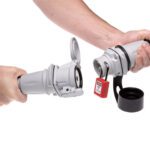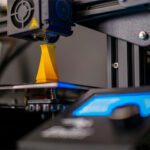
Where in the World is Amphenol LTW’s Luc Kan?
Amphenol LTW’s GM Luc Kan travels for work half of the year. Learn what keeps this connector entrepreneur and road warrior excited about technology — and how he stays serene while always in motion. Under the guidance of General Manager Luc Kan, Amphenol LTW has enjoyed a meteoric rise. Founded in 1993 as a waterproofRead More
